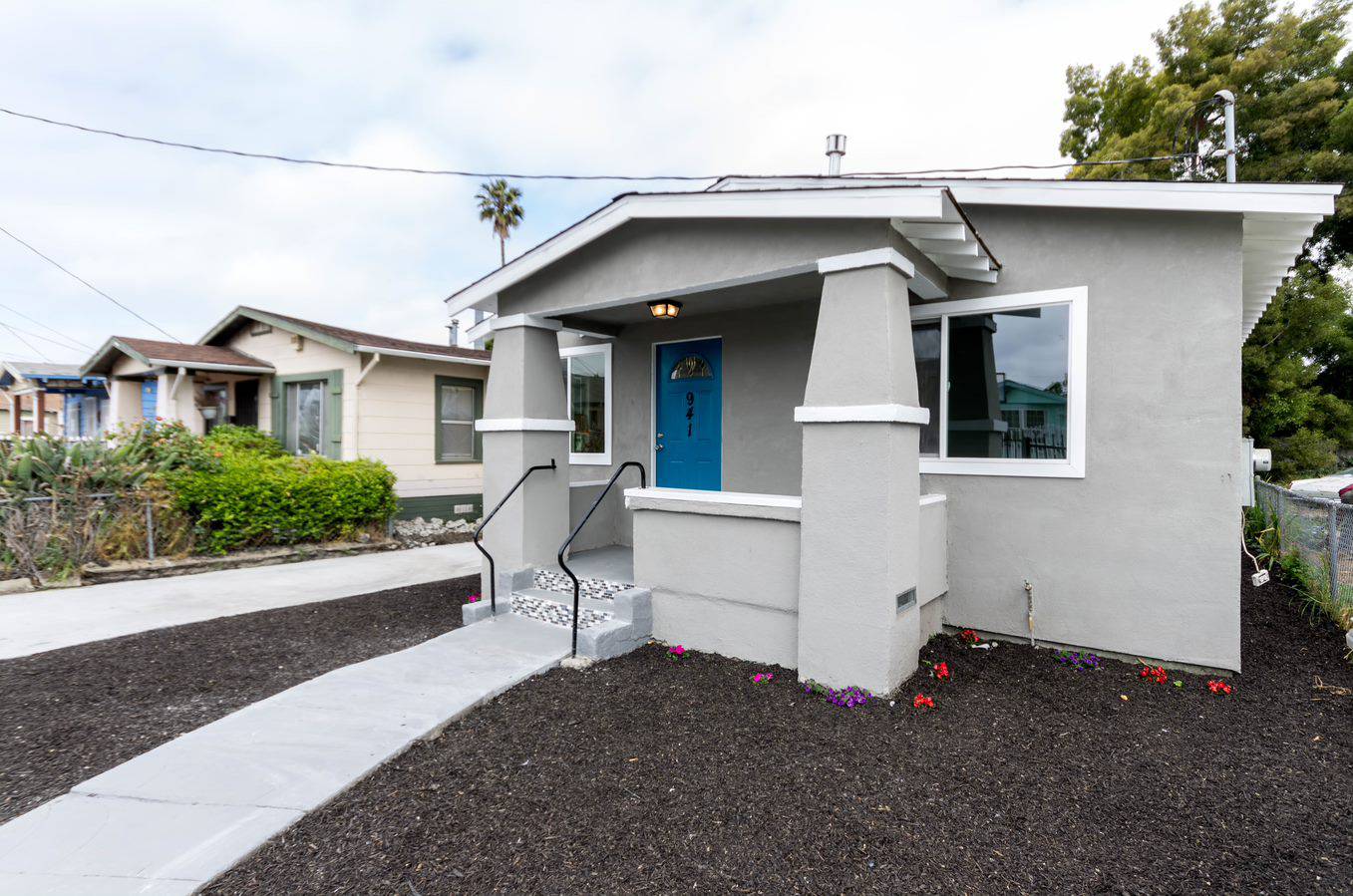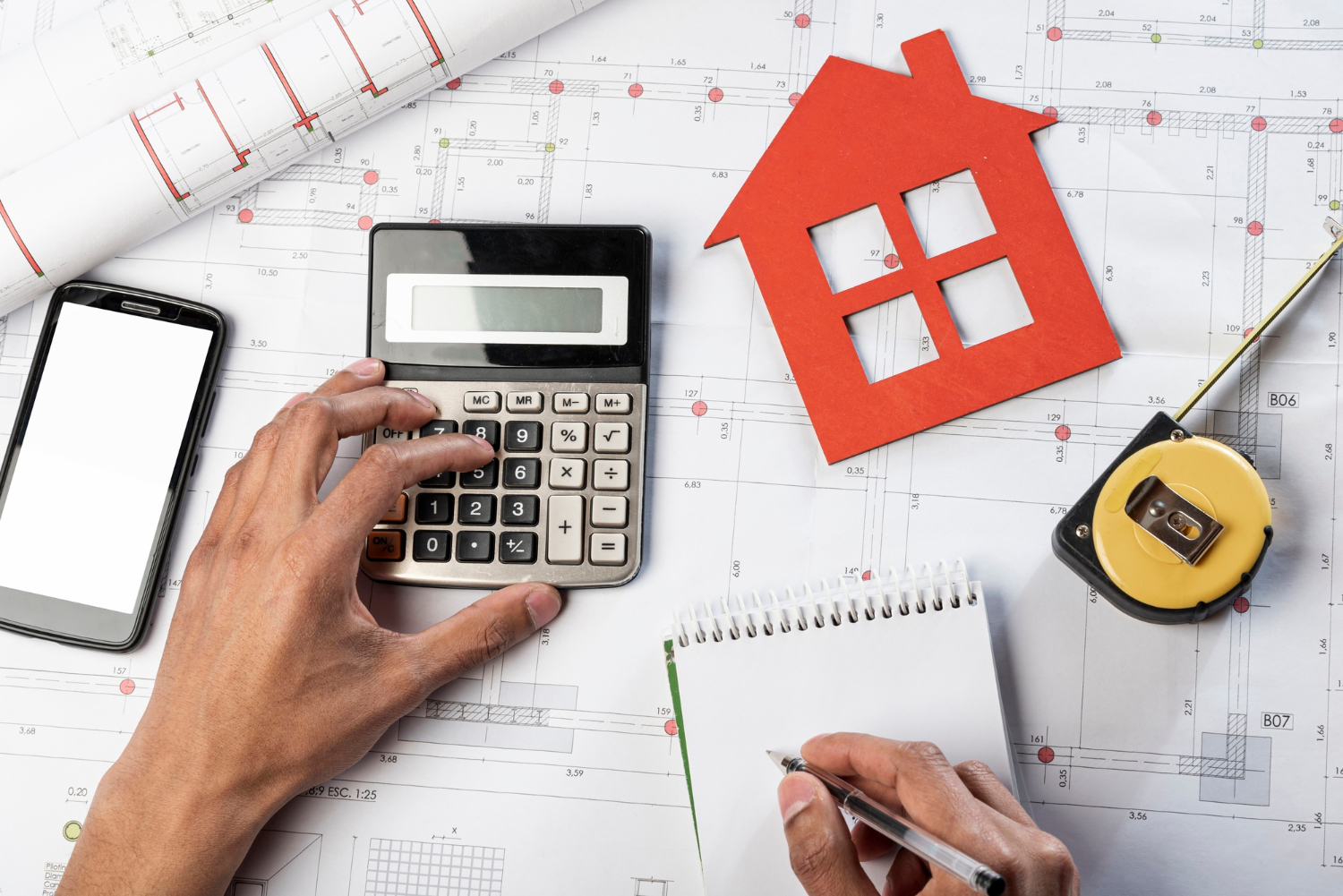Innovative Executive Construction Techniques: Building The Future With Creativity And Efficiency

The construction industry is changing with new executive construction techniques. These cutting-edge techniques are redefining the construction sector by unifying innovation and productivity.
Let us see how these methods are creating buildings that are affordable and creative.
The Evolution of Construction Techniques
Construction processes have come a long way since their start. Construction has progressed from rudimentary implements to contemporary technologies and computerized precision.
The transition from manual to automated has resulted in faster and safer constructions.
The Importance Of Innovation In Modern Construction
Innovation is at the heart of modern buildings. It drives safer, more efficient, and more sustainable practices. It optimizes project timelines and resource use.
Eco-friendly materials and advanced automation are some examples that are pushing the industry to be more innovative.
Overview Of Executive Construction
Executive construction is the process of transforming architectural concepts into physical structures. It encompasses resource coordination, team management, and project execution. Executive construction handles overseeing all aspects of the project. It includes budgeting, quality control, and project delivery.
It also ensures that the project is completed on time and by the design plan. Executive construction improves efficiency and reduces risk. And it is all possible through the use of modern technology and strategic design.
The Rise of Innovative Executive Construction Techniques
Historical Perspective
Innovative construction techniques shape history, from ancient pyramids to modern precision. Creativity and engineering unite in architectural marvels, like the Renaissance revolution. Steel, concrete, and digital precision define modern strides.
Modern Trends And Developments
Building technologies have advanced a lot in the last few years. We’ve seen things like pre-building, 3D printing, and using sustainable materials.
Also, BIM (Building Information Modelling) has made it so much easier to plan and execute projects. With time, our construction skills will keep getting better. Also, we can create amazing skies that showcase the latest tech.
Understanding Executive Construction
Definition & Key Concepts
Executive Construction is the process of bringing architectural ideas to life. It involves resource management, timelines, and quality control to guarantee accurate execution.
Core principles include budgeting, team collaboration, and technological integration. It helps manage construction projects, turning them from blueprints to operational reality.
The Role Of Executives In Construction Management
Construction managers are responsible for overseeing projects from start to finish. They plan and divide resources to make sure projects are done on time and within budget.
They are good at communicating with people, making decisions, and reducing risks. The leadership helps teams collaborate to get the job done right. It also ensures the project meets quality standards.
Innovative Materials And Technologies
Smart Materials
Smart materials are changing the way we build. They are adapting to different conditions, making them more durable and sustainable.
They are being used in buildings to save energy and watch how structures are built. It also helps create new designs and shape the future of construction.
Green Construction Techniques
Green construction is all about making things eco-friendly. It means using materials that are sustainable and designing buildings that are energy efficient.
Plus, it uses renewable energy sources like solar and rainwater. It also keeps your carbon footprint as low as possible. Green construction saves resources for future generations and ensures you a healthy living.
Robotics & Automation
Robotics and automation are shaking up the construction industry. Robots are taking over bricklaying, welding, and other jobs. Drones help with site inspections.
AI helps with project management. These technologies make construction more efficient, cut down on work, and increase productivity.
Project Planning and Management
Agile Project Management
Agile Project Management in construction employs software-driven methods to increase flexibility and cooperation. It encourages stakeholder participation and flexible planning.
It also helps in sequential progress monitoring to improve efficiency and adaptability.
Risk Management Strategies
Risk management is all about predicting what will happen and how to handle it. So that it does not disrupt your initiatives or business. It includes avoiding, transferring, lowering, accepting, diversifying, and planning for potential risks.
Collaboration & Communication Tools
Collaboration and communication tools enhance effective teamwork and information exchange. Examples include Slack, Microsoft Teams, Trello for task management, and Zoom for virtual meetings.
You also can check Google Workspace for document collaboration and Jira for project tracking. These technologies boost team productivity and coordination.
Design And Architecture
Integrating Innovation In Design
In design, innovation means bringing up new ideas, materials, and technology. The goal is to make goods, services, or surroundings unique and optimized.
You can achieve this through cross-functional collaboration, user-centered design, prototyping, and feedback. The ultimate goal is to improve functionality, aesthetics, and performance.
BIM (Building Information Modeling)
BIM is a digital 3D modelling approach for design, building, and management. It improves collaboration, visualization, and data-driven decision-making throughout the lifecycle of a project.
Virtual Reality In Construction
VR helps you visualize your construction design and train your team on safety. It also helps to communicate with everyone involved.
VR makes it easy to do project walkthroughs in real-time and spot problems before they happen. The results include improved collaboration and lessened costly mistakes.
Sustainability And Environmental Considerations
Energy Efficiency
The goal of energy efficiency is to use less energy to do the same task while enhancing results. It’s all about employing efficient technologies, processes, and designs. The goal is to save energy, decrease costs, and reduce environmental impact.
Sustainable Materials
Sustainable materials are natural and recyclable materials that are sourced in ways that reduce their environmental impact. They have a lower carbon footprint. Plus, they contribute to less resource depletion and pollution across sectors and uses.
Environmental Compliance
Environmental compliance monitors and reduces the impact of operations, projects, and activities. It ensures adherence to laws, minimizes pollution, conserves resources, and maintains ecological balance.
Quality Control and Assurance
Standards and Regulations
Standards and regulations are the norms that define quality, safety, and uniformity of construction projects. They ensure that products, processes, and practices fulfil specific requirements.
It promotes consumer protection, interoperability, and environmental sustainability while supporting industry-wide best practices.
Inspection and Testing
Inspection and testing is all about making sure things are in good condition and safe. It helps us figure out if things are dependable and spot issues. The goal is to make smart decisions for the manufacturing and construction of buildings.
Continuous Improvement
The goal of continuous improvement is to make things more efficient, effective, and high-quality. It’s when you take a look at what you’re doing, figure out what needs improvement, make changes, and repeat the process until you get there.
Financial Aspects of Innovative Construction
Budgeting and Cost Control
When it comes to budgeting and cost control, it is all about how to plan, divide, and manage money for projects or activities. It helps capitalize on your resources, cost tracking, and reduce risks to help you reach your financial goals.
Financing Options
When it comes to financing executive construction projects, there are many options available. Choosing the right financing, like loans or crowdfunding ensures project success and minimizes risks.
Return on Investment Analysis
ROI analysis in construction looks at how much money a project will make compared to what it will cost. It helps you make the best investment decisions by looking at profit potentiality, the risk you are taking, and the viability of the project.
Human Resource Management
Talent Acquisition and Development
Talent acquisition and development are all about finding talented people and helping them grow. It is about hiring, training, and giving them chances to progress. It involves keeping a good team, making sure projects are done right, and keeping the industry up-to-date and creative.
Team Collaboration and Leadership
In construction, teamwork and leadership mean communication, cooperation, and motivation. Strong leaders decide, resolve issues, and create a team spirit. This boosts efficiency, motivation, and project success.
Health and Safety Considerations
Construction health and safety issues include measures to protect both workers and the general public. They include risk assessments, protective equipment, training, and regulatory compliance. The goal is to prevent accidents and injuries. It also fosters a safe working environment and improves project success and worker well-being.
Case Studies: Success Stories in Innovative Construction
Commercial Projects
A creative building strategy transformed a standard office area into an energy-efficient, collaborative hub. Smart design, adaptable layouts, and green technologies enhanced production while lowering operational costs, establishing a new industry standard.
Residential Projects
A residential project used cutting-edge construction methods to achieve net-zero energy use. Adding solar panels and smart systems enhanced comfort and demonstrated the practicality of sustainable living.
Infrastructure Projects
Innovative building processes like prefabrication and modular assembly helped develop a new infrastructure transit hub. This reduced disruption, cut building time, and increased urban connection. It also demonstrated the possibilities of modern construction practices.
Challenges & Solutions
Today’s construction tackles challenges like worker shortages and tech complexity. Solutions involve training, more tech, teamwork, and sustainability. This boosts efficiency, closes skill gaps, and secures the industry’s future strength.
Innovative Solutions And Best Practices
Innovation blends new methods with proven ones, boosting productivity and quality. They use data-driven choices and continuous improvement to solve problems and enhance processes. It helps achieve superior outcomes across sectors.
The Future Of Executive Construction
Emerging Trends
- Off-site construction gains traction.
- Increased use of robotics and automation.
- Sustainable and eco-friendly materials.
- Digital twin technology for real-time monitoring.
- Emphasis on modular and flexible designs.
- Integration of AI and machine learning.
- Virtual and augmented reality applications.
- Focus on wellness-driven designs.
Potential Impact On The Industry
These emerging trends hold significant potential to reshape the construction industry:
- Faster project timelines and reduced costs.
- Enhanced precision and productivity.
- Reduced environmental footprint and resource conservation.
- Improved project management and risk mitigation.
- Enhanced adaptability and customization.
- Data-driven decision-making and predictive analytics.
- Enhanced collaboration and remote project management.
- Improved occupant well-being and satisfaction.
Preparing For The Future
For construction’s future, adopt tech, train workers, go green, and be creative. Adapt to changes, use data for success, and stay competitive and smart in a changing industry.
Conclusion
Adopting innovative executive construction techniques marks a new age in construction. The future presents amazing possibilities with creative prowess and efficient efficiency. As tech advances, these strategies build incredible, lasting structures for generations to come.




